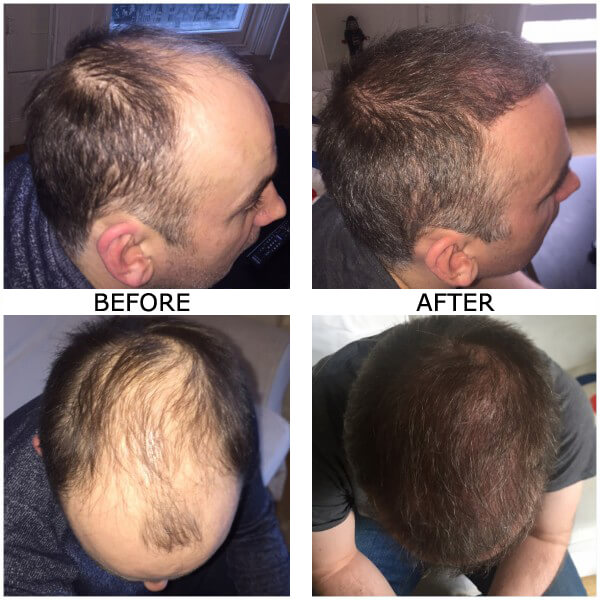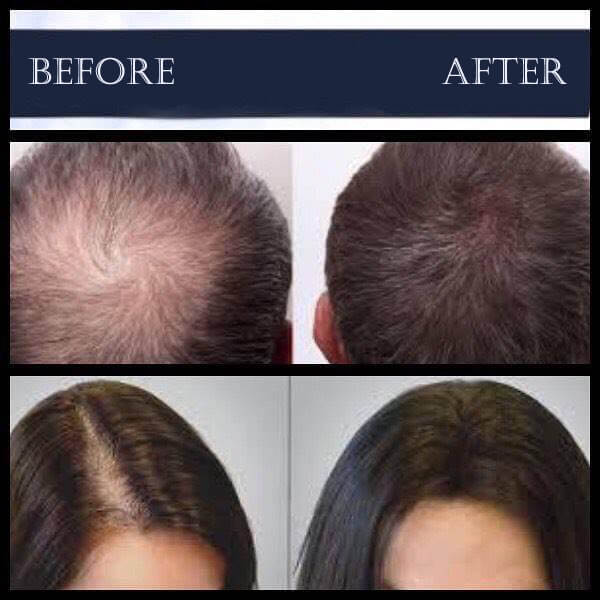Showing all 3 results
Find our Services by Category
Hair Loss Treatment
₹400.00Hair loss is quite common in today’s day and age. Most prevalent in older adults, even younger individuals might face hair loss. At R Square Skin, Hair, Nail Clinic, we offer you the best hair fall treatment in Patna, tailored to suit your hair type and hair loss patterns.
A typical individual loses around 100 strands of hair per day which is considered to be a normal amount even though it sounds quite alarming. Your head has more than 1,00,000 hair on it so losing such an amount of hair is barely noticeable. New hair normally replaces the lost hair, but this doesn’t always happen.
If you’re noticing unusual hair shedding, it may be time to consult a trusted hair loss doctor in Patna. Hair loss may occur suddenly or over a period of time and it might simply affect your scalp or your whole body. Hair loss can be temporary or permanent depending on the underlying causes.
Effective hair loss treatment in Patna is available based on the type and degree of hair loss you are facing. These treatments might help you to reverse hair loss, or at least slow it. With some conditions, hair might grow back over a period of time with medication and prescription drugs, whereas, some conditions might require some more extensive treatments.
Hair Transplantation
₹400.00The surgical procedure of hair transplant involves transplanting hair follicles from the scalp’s back section to bald or thinning areas. The medical procedure helps men with male pattern baldness but doctors also perform it to restore hair growth in facial and body areas including eyebrows, beard, and chest.
There are two main methods of hair transplant:
- Follicular Unit Transplantation (FUT): The strip method of Follicular Unit Transplantation (FUT) requires doctors to remove a skin strip from the donor areas, typically the back scalp region, before they dissect it into individual follicular units for hair transplantation.
- Follicular Unit Extraction (FUE): The FUE method involves harvesting individual follicular units from the donor site using a punch-like instrument. The FUE technique creates multiple tiny circular scars in the donor area, but it does not require removing a strip of skin.
The success rate of hair transplantation depends on multiple factors which include patient health status, donor hair quality, and the dermatologist’s proficiency. The best dermatologist in Patna, Dr. Rizwana Barkat, with extensive experience in hair restorations procedures, offers patient-centric treatments with an inidvidualized treatment approach.
The following information will help you decide if hair transplant surgery is right for you:
- Consultation: A hair transplant candidate must first meet with an experienced doctor who will evaluate their hair loss pattern, discuss their goals, and determine their eligibility for the procedure.
- Cost: The expense of hair transplant surgery requires patients to evaluate their financial situation before making a decision. The hair transplant expenses depend on multiple elements which include the degree of hair loss, the chosen technique, and the location of the clinic.
- Recovery: The process of hair transplant recovery includes a period when transplanted hair will shed before new hair growth starts. The doctor will give you specific instructions to follow after your procedure.
- Results: The process of hair transplant recovery takes multiple months because new hair growth from transplanted areas needs time to reach desired density levels.
- Risks and Side Effects: Hair transplants carry the same surgical risks which include infection and scarring and the possibility of achieving unsatisfactory results.
Researching thoroughly about hair transplants should be your first step before selecting an experienced doctor or clinic while maintaining proper expectations about your results. Your first step to determine hair transplant suitability in your case should be consulting with an experienced medical professional.
PRP Hair Treatment in Patna For Hair Loss & Thinning
₹400.00Looking for an effective solution to hair loss without surgery? The minimally invasive hair loss solution you need exists through PRP hair treatment in Patna which provides an innovative treatment method for hair growth restoration.
PRP (Platelet-Rich Plasma) therapy harnesses the healing properties of your blood cells to activate dormant hair follicles and promote natural hair growth. In this way, PRP hair treatment serves as a safe and natural solution for people who show early hair thinning symptoms or experience extensive hair loss.
Located opposite S.K Marriage Park in Phulwari Sharif, R Square Skin, Hair, Nail, Clinic delivers advanced PRP hair treatment in Patna backed by expert dermatological care. Our skilled team provides individualized treatment plans for hair restoration which makes PRP an excellent solution for locales who are seeking safe and low-risk hair regrowth treatments.





